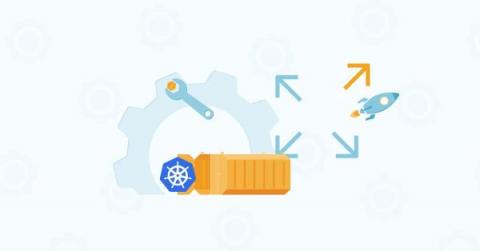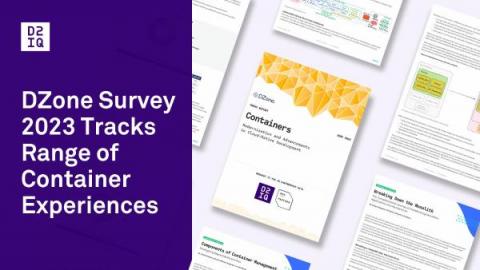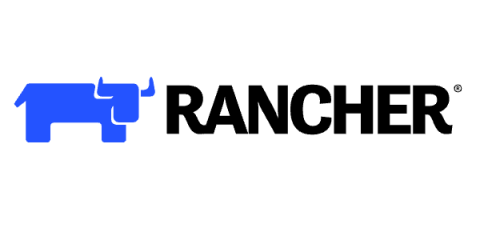How to Plan for a Crisis with Infrastructure-Agnostic Recovery of Kubernetes Applications
Corey Dinkens and Carol Pereira contributed to this blog post. As enterprises deploy modern containerized applications to their Kubernetes clusters, managing data protection centrally is necessary to run critical business applications, especially in multi-cloud distributed environments.











